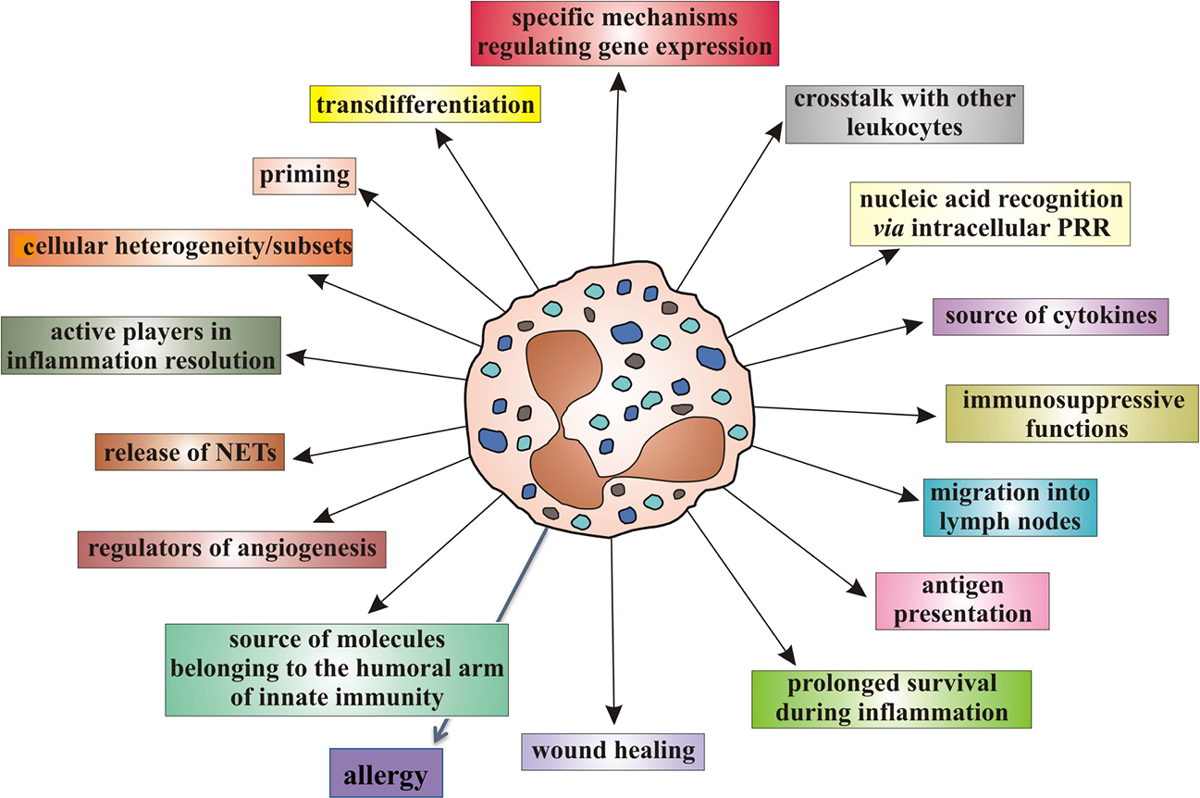Complementary and Alternative Medical Therapies for Children With Attention-deficit/Hyperactivity Disorder (ADHD)
SOURCE: Alternative Medicine Review 2011 (Dec); 16 (4): 323–37
Janice Pellow, M.Tech (Hom),
Elizabeth M. Solomon, HD, ND, DO, BA,
Candice N. Barnard, M.Tech (Hom), B.Phys.Ed
University of Johannesburg, Department of Homeopathy,
Johannesburg, South Africa.
Attention-deficit/hyperactivity disorder (ADHD) is a commonly diagnosed childhood disorder characterized by impulsivity, inattention, and hyperactivity. ADHD affects up to 1 in 20 children in the United States. The underlying etiologies of ADHD may be heterogeneous and diverse, and many possible risk factors in the development of ADHD have been identified. Conventional treatment usually consists of behavioral accommodations and medication, with stimulant medication most commonly being prescribed. Parents concerned about the side effects and long-term use of conventional medications are increasingly seeking alternatives to pharmacologic treatment. Complementary and alternative medicine (CAM) offers parents various treatment options for this condition, including dietary modifications, nutritional supplementation, herbal medicine, and homeopathy. CAM appears to be most effective when prescribed holistically and according to each individual’s characteristic symptoms. Possible etiologies and risk factors for the condition also need to be considered when developing a treatment plan. This article serves to highlight the latest research regarding the most commonly used CAM for children with ADHD.
Table 1. Risk Factors for ADHD
| Risk Factor | Mechanism |
| Dietary Factors and Nutrient Deficiencies |
| Hypersensitivity to foods and/or additives | Increase in inflammatory mediators and neuropeptides in the blood |
| Phospholipid deficiencies | Possible impairments in neuronal structure and function, especially during early development |
| Omega-3 fatty acid deficiency | Impaired neurotransmitter reception in brain; altered neuronal plasticity |
| Amino acid deficiencies | Decreased production of amino acid-based neurotransmitters |
| Refined carbohydrates | Abnormal glucose metabolism, causing disruptions in hormone and neurotransmitter regulation |
| Mineral deficiencies | Impaired dopaminergic transmission |
| Antioxidant deficiencies | Oxidative damage to DNA |
| Exposure to Environmental Toxins |
| Heavy metals, solvents, pesticides, neurotoxins | Disrupted neurotransmitter and neuromodulator function |
| Exposure to Electronic Media |
| Television | Over-stimulation, sensory addiction, increased stimulus-seeking behavior |
| Cell phones | Pre-and post-natal exposure linked to increase in ADHD symptoms. Exact mechanism unknown. |
| Abnormal Lighting |
| Natural light deciency / Exposure to fluorescent lighting | Hyperactive behavior and decreased learning ability |
You can learn more about the chiropractic approach to management at:
The ADD/ADHD Page and the
Risk Factors
Numerous risk factors for ADHD have been proposed. The following potential etiological domains all appear to exacerbate existing ADHD symptoms and have a plausible neural mechanism of action, [18] as outlined in Table 1.
Dietary Influence and Nutritional Deficiencies
Read the rest of this Full Text article now!





This is an excellent article about ADHD. A lot of children are observed to suffer from ADHD, and it is a matter of concern for their parents. It is alarming to read about all the conditions associated with ADHD. There could be so many things that may cause ADHD in a child and so many deficiencies that could be responsible. This information is very helpful.
Great article. Back in 1998, we participated in a study involving ADHD children and chiropractic care. In the taking of upper cervical x-rays, 17 of 19 children had a kyphotic angle at c2 to c3, has anyone see similar findings?
Trace
Are you saying you observed a flexion malposition at either C2 or C3 on these children?
In the adult spine, the center of motion is C5, but in young children the center of motion is higher, at C3, so when exposed to a whiplash-type trauma (or axial trauma), children lock up at C3, whereas in adults it’s at C5.
Another observation from Verne Pierce, Sr., D.C. was that individuals who are locked at C3 when they are whiplashed show degeneration below C6 rather than C5, because the fixation at C3 ridgidifies the neck, moving the center of motion downward, towards C6.
I have verified this this relationship between C3 and C6 subluxations while reviewing thousands of videofluoroscopic C-spine studies, all taken by Dr. Pierce at Palmer College.